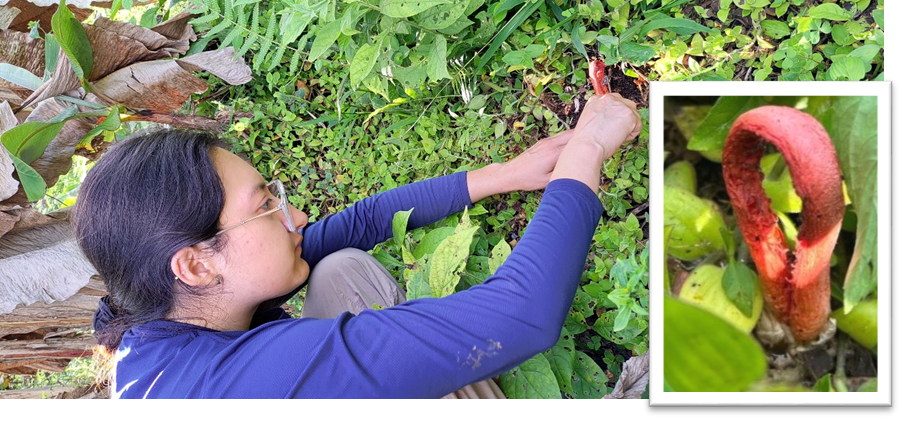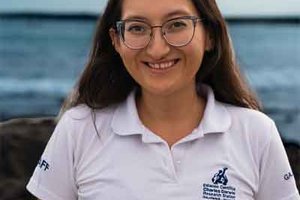EXPLORING THE GALÁPAGOS FUNGA: MY EXCITING JOURNEY AS CDS HERBARIUM MYCOLOGIST
Over nearly three years as CDS Herbarium assistant of the Charles Darwin Foundation, I have had the opportunity to study from old specimens to collect new samples in remote areas of various islands (Baltra, Española, Floreana, Pinzón, Santiago, Alcedo Volcano-Isabela, Eden Islet, Santa Cruz). This has allowed me to explore the richness of species of Flora, Fauna and the little known "Funga" of the Galápagos Archipelago. The term "Funga" has recently been introduced into the scientific vocabulary to talk about the world of fungi, since they are neither plants nor animals and have their own kingdom: Fungi. Fungi play crucial roles on the planet, such as decomposing organic matter and recycling nutrients, and interact with other organisms as pathogens or symbionts.
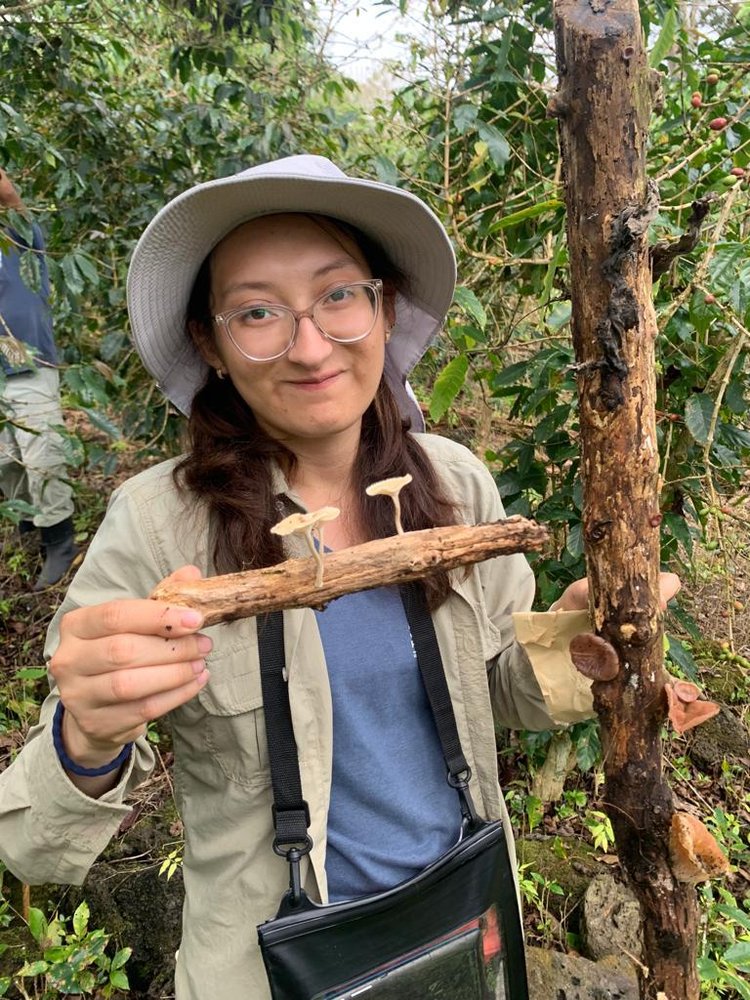
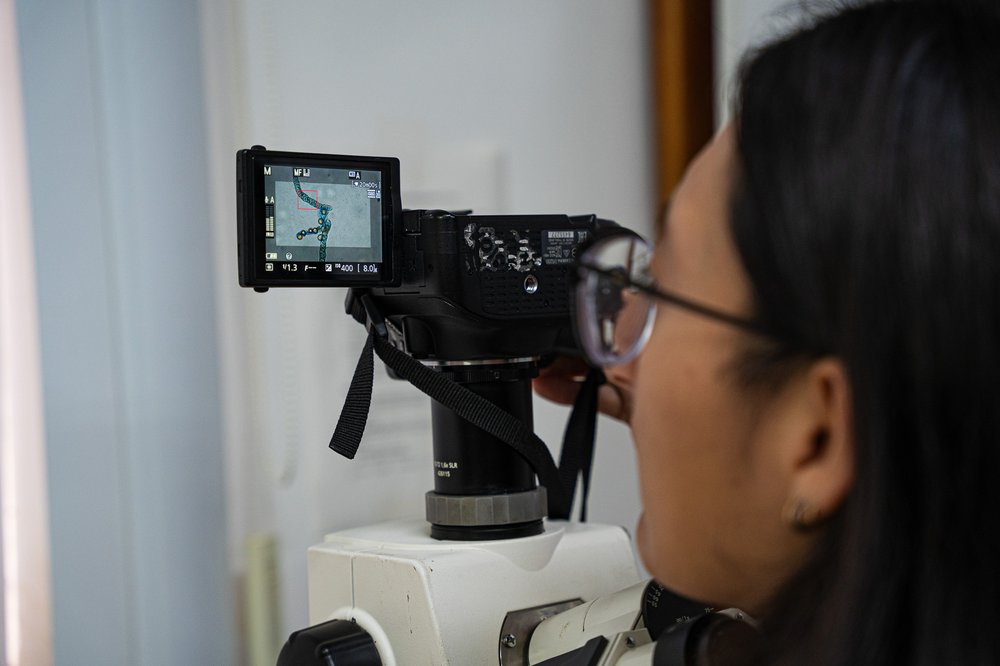
It is a fact that fungi are both beautiful and mysterious organisms. They spend a large part of their lives "hidden". The mycelium (the fungus itself) lives in the soil or on tree trunks, forming underground communication networks in forests. The fungus shows itself as a mushroom (reproductive part of the fungus) only when the conditions of its environment are suitable for reproduction. That is why I think it is magical to see them after a good rain, and even then they can go unnoticed, but not for good observers.
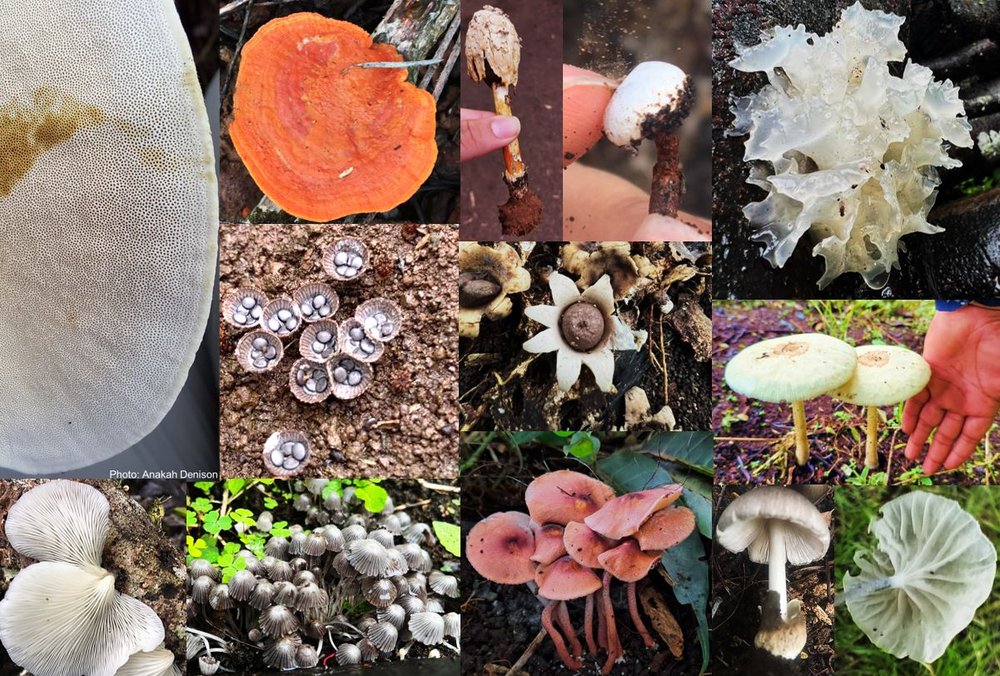
This is the case of my colleague Paúl Mayorga, who works on several ecological restoration projects of the Galápagos Verde 2050 program. Paúl is a passionate "mycologist" (who studies fungi) who has been recording his observations for many years without knowing the names of the species, and it is with him that we have encountered numerous species of fungi, each one more fascinating than the last.
Together with Paul, after several field trips to the highlands of Santa Cruz Island, we had the opportunity to make a historic discovery: the first record of the species Clathrus columnatus for Ecuador (Villalba-Alemán et al. 2023).
Sometimes we think that impressive things are to be found in faraway places, with a lot of time and planning behind them. But other times, just by looking carefully around us, we can get several surprises. For example, one afternoon, while walking along the paths of "La Ratonera" beach, our eyes fell on a strange object in the leaf litter: the fungus we had discovered in the herbarium collections, recorded for the first and only time 56 years ago! On another occasion, with the keen observation of Lenyn Betancourt, entomologist and curator at ICCDRS, we recorded a new species for Galapagos on the way to Lenyn's lab. We now know which beetles live and feed on these fungi. These and other observations fuel our curiosity and drive us to continue exploring the diversity and ecology of fungi in the Galapagos.
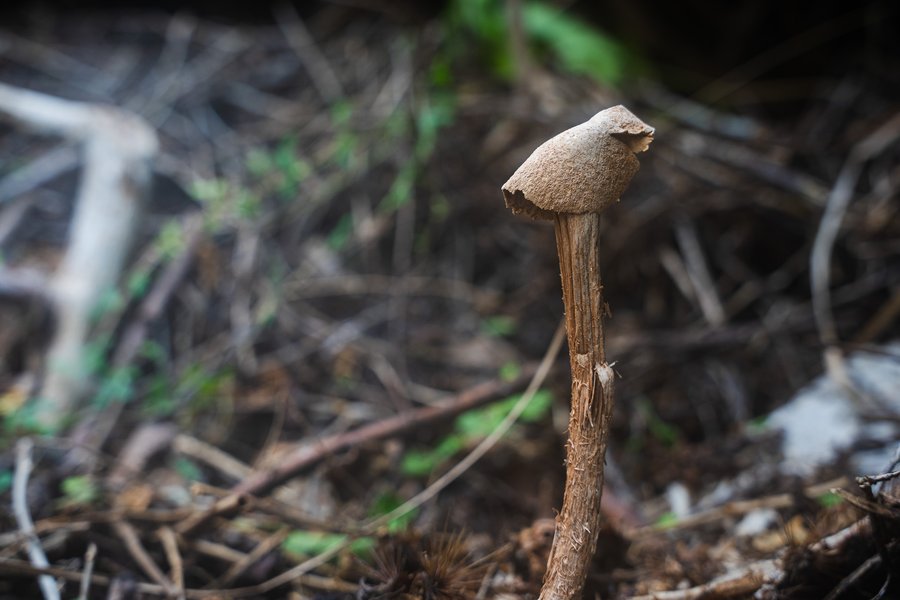
Our latest discovery takes us back to an ordinary day at work. After a couple of days of continuous rain, I was walking along a path that I walk several times a day, and I was breathless: Fungi like this were unknown to the Galapagos! They belong to the group of stinkhorn mushrooms (yes, that is their common name) of the genus Itajahya. We decided to document every detail, filming interactions and the development of their fruiting bodies, with the excitement of soon sharing these findings with the scientific community and nature and conservation enthusiasts in the Galapagos.
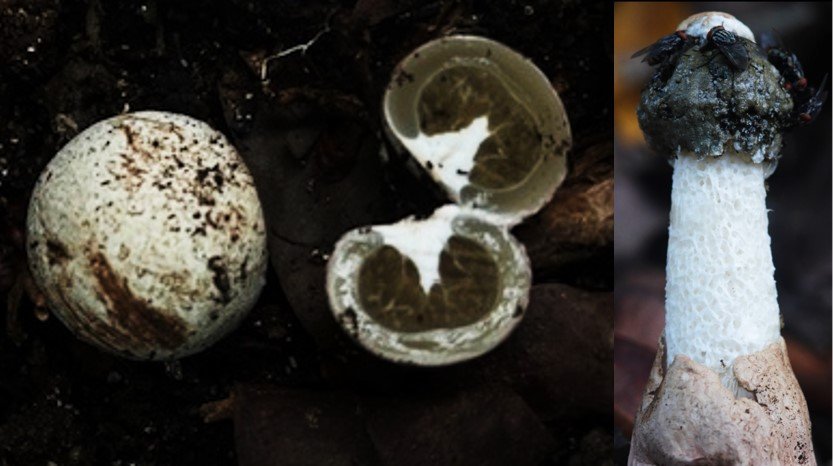
My work as a mycologist in the Galapagos Islands has been an amazing adventure. Each mushroom found, each species identified, brings us a little closer to understanding the complexity and importance of these organisms in the ecosystem. Each specimen entered into the CDS Herbarium of the CDF Natural History Collections is carefully cataloged and maintained, and will be used to document Galapagos biodiversity and other scientific research. We currently have over 1000 specimens of macrofungi collected since 1967, and we continue to grow. There is still much to be discovered about Galapagos Funga! Together, with the support of the Charles Darwin Foundation, we can continue to unravel the mysteries of the fungi of these unique islands and help preserve them for future generations.
